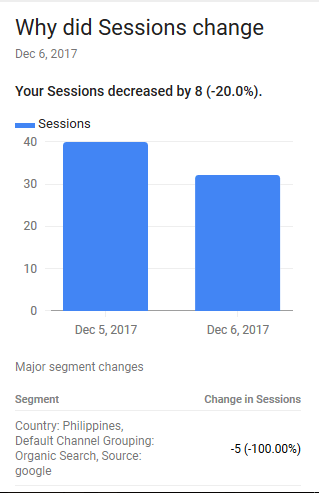Introduction
We live in a world where language is at the heart of communication and understanding. From everyday conversations to complex business interactions, the power of language cannot be underestimated. Add to that the complexities of deep learning models trying to understand and generate human languages, and you have another language source. With large language models (LLMs), the boundaries of language processing and generation have been pushed even further.
What are Large Language Models?
Large language models (LLMs) are a revolutionary breakthrough in the field of natural language processing and artificial intelligence. These models are designed to understand, generate, and manipulate human language with an unprecedented level of sophistication. At their core, LLMs are complex neural networks that have been trained on vast amounts of textual data. By leveraging deep learning techniques, these models can capture the intricate patterns and structures inherent in language. LLMs are capable of learning grammar, semantics, and even nuances of expression, allowing them to generate text that closely resembles human-authored content.
The development of LLMs has been a result of continuous advancements in language models over the years. From the early rule-based systems to statistical models and now deep learning approaches, the journey of language models has been marked by significant milestones. The evolution of large language models has been fueled by the availability of massive amounts of text data and computational resources. With each iteration, models have become larger, more powerful, and capable of understanding and generating language with increasing accuracy and complexity. This progress has opened up new possibilities for applications in various domains, from natural language understanding to machine translation and text generation.
Understanding the Capabilities of LLMs
To truly appreciate the capabilities of LLMs, it is essential to delve into their wide range of applications. LLMs can be used for tasks such as:
- Language Translation: LLMs excel at translating text from one language to another, providing accurate and contextually relevant translations.
- Text Summarization: LLMs can summarize lengthy articles or documents into concise and informative summaries.
- Sentiment Analysis: By analyzing text, LLMs can determine the sentiment (positive, negative, or neutral) expressed in a piece of content.
- Creative Writing: While limited, LLMs can generate creative content, including poems, stories, and dialogues.
One of the most remarkable features of LLMs is their ability to generate coherent and contextually relevant text. By feeding them a prompt or a partial sentence, LLMs can complete the text in a way that aligns with the given context and adheres to the rules of grammar and style. This opens up exciting possibilities for content creation, automated customer support, and personalized employee experiences.
How Large Language Models Work
Architecture of LLMs
To grasp how Large Language Models (LLMs) operate, it’s important to understand their underlying architecture. LLMs typically follow a transformer-based architecture, which has proven to be highly effective in natural language processing tasks. Key components of this architecture include:
- Multiple Layers: LLMs consist of multiple layers, including feedforward layers, embedding layers, and attention layers.
- Attention Mechanisms: LLMs employ attention mechanisms, like self-attention, to weigh the importance of different tokens in a sequence, allowing the model to capture dependencies and relationships.
Types of LLMs
There are different types of large language models, including:
- GPT (Generative Pre-trained Transformer): A decoder-only transformer-based model.
- BERT (Bidirectional Encoder Representations from Transformers): An encoder-decoder model.
- T5 (Text-to-Text Transfer Transformer): An autoencoder model.
- Hybrid Models: These combine different architectural components.
In summary, LLMs represent a significant leap in natural language understanding and generation. As research continues, we can expect even more powerful and versatile LLMs to shape the future of language-based AI applications.

